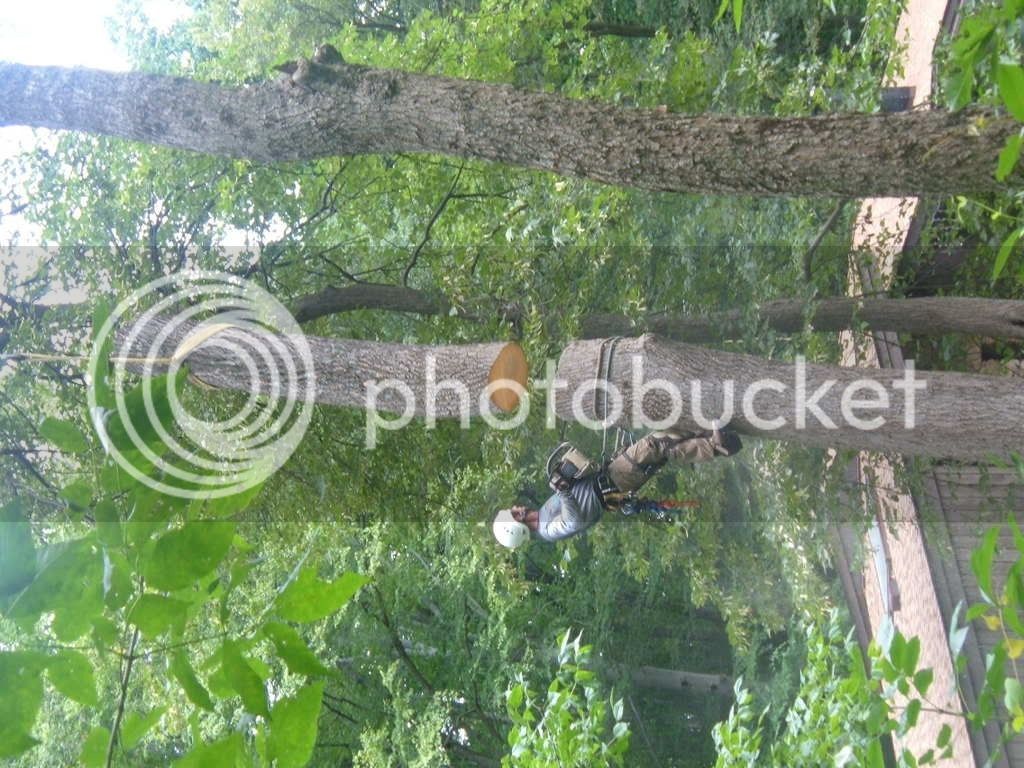TreeGuyHR
ArboristSite Guru
I'm just wondering why you left the hideous hazardous hatrack?
I guess its "in the eye of the beholder". Do you toss Granny in the Soylent Green vat when she loses a leg to diabetes?
Soylent Green Clip 4 - YouTube
I like that word label -- you are a poet. The HHH was mainly left because:
The client wanted it: he said he was going to put a Hobbit door in it, plus he wanted a littl;e shade for his patio.
It preserved a living remnant of a historic tree: not officially recognized, but historic just the same.
There is some precedent for the second point; perhaps you have heard about efforts in England to preserve oaks that are 500 -1000 years old? We are spoiled here in the PNW with our big old trees; they don't have as many over there. Plus they often have written histories describing events and people around a particular tree for the entire span of time --- something we don't have.
Neville Fay, in England, has published a bunch of stuff regarding what he calls "Veteran Trees" and their management. Long article below, worth browsing through. I saw the guy give a talk at the Tacoma PNW ISA conference in 2010. Kind of what i had in mind for the locust, but he would have had me tear the limbs off!:msp_confused:
http://www.treeworks.co.uk/downloads/7 - SurveyMethods & Arboricultural Technique.pdf
























































